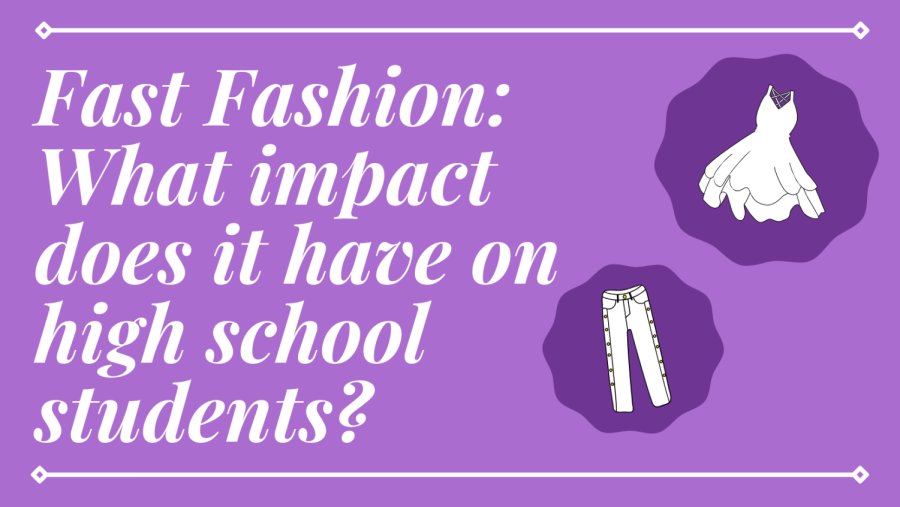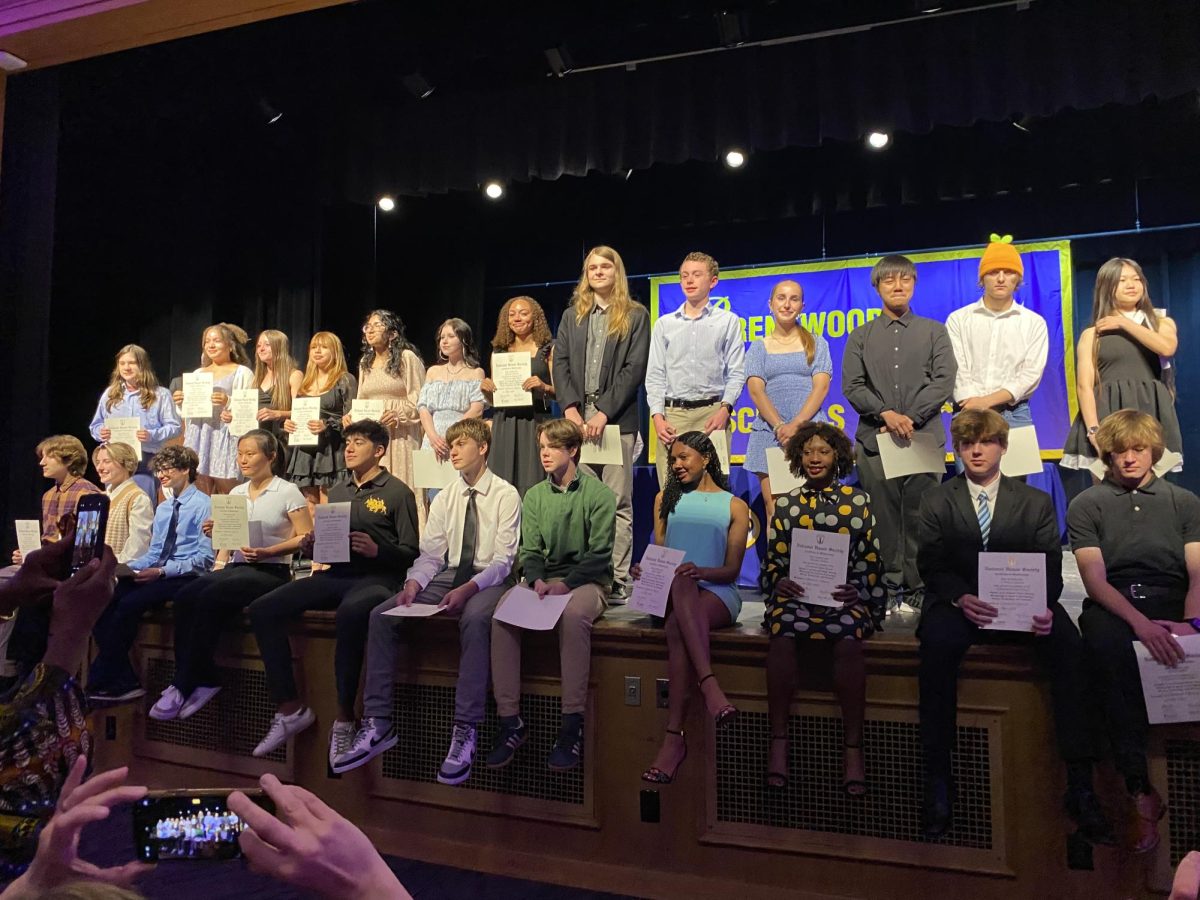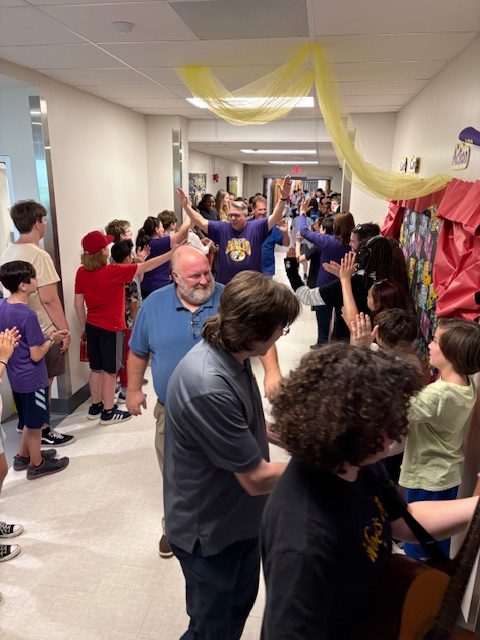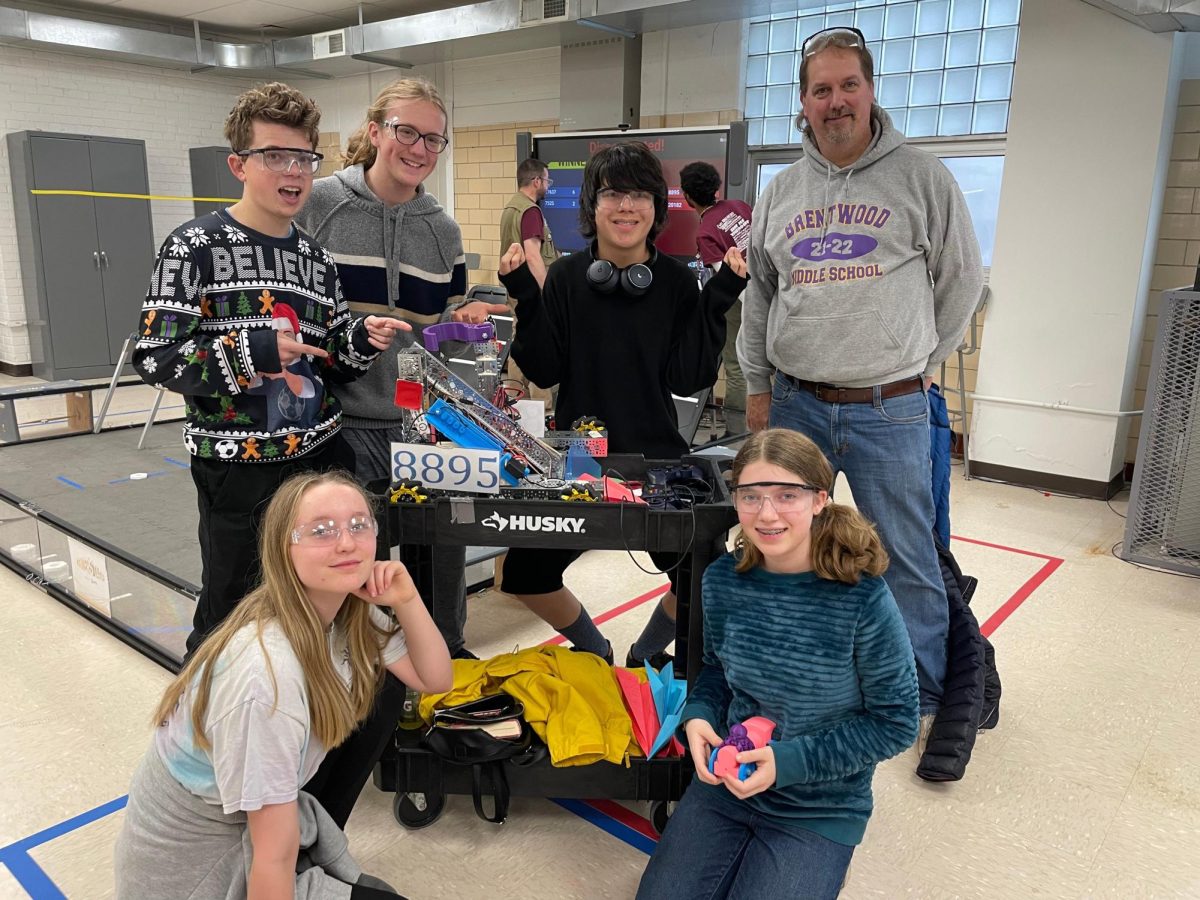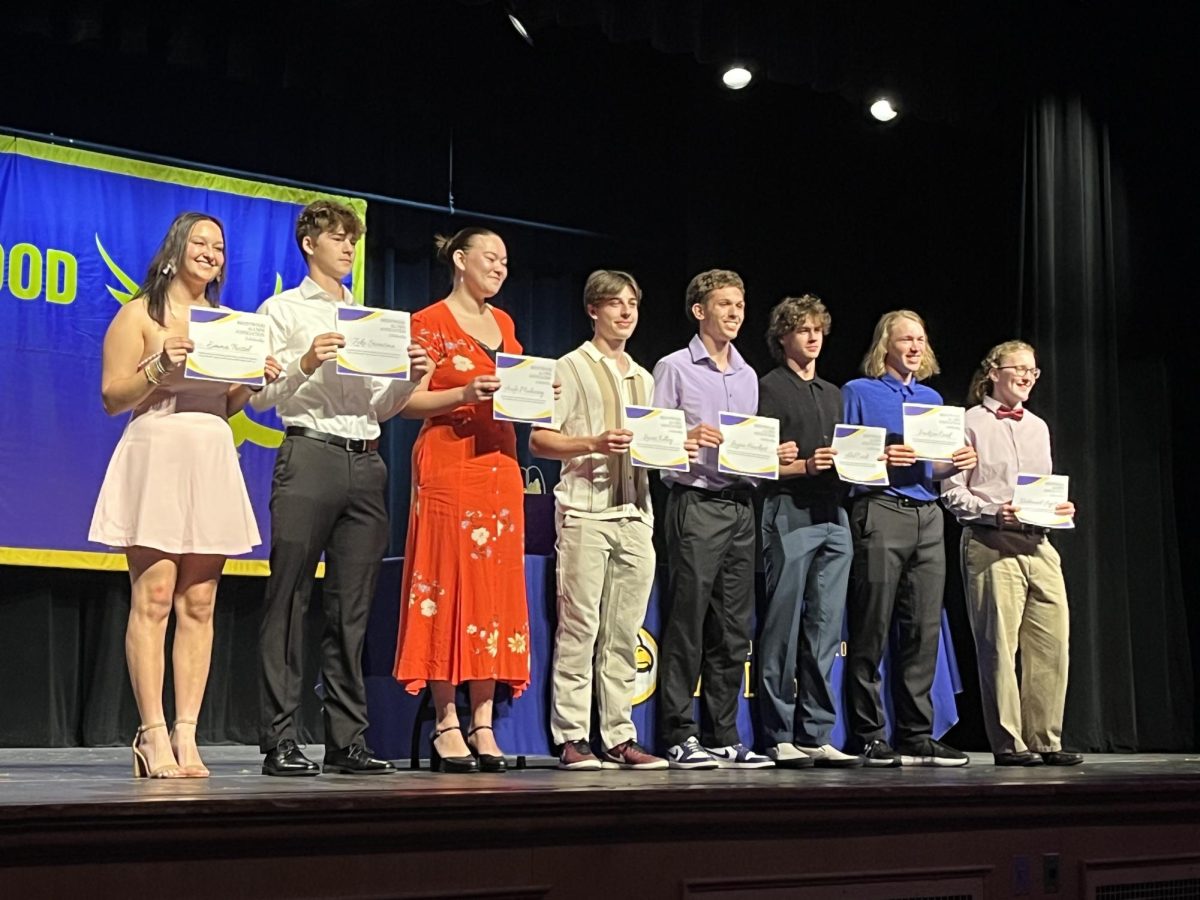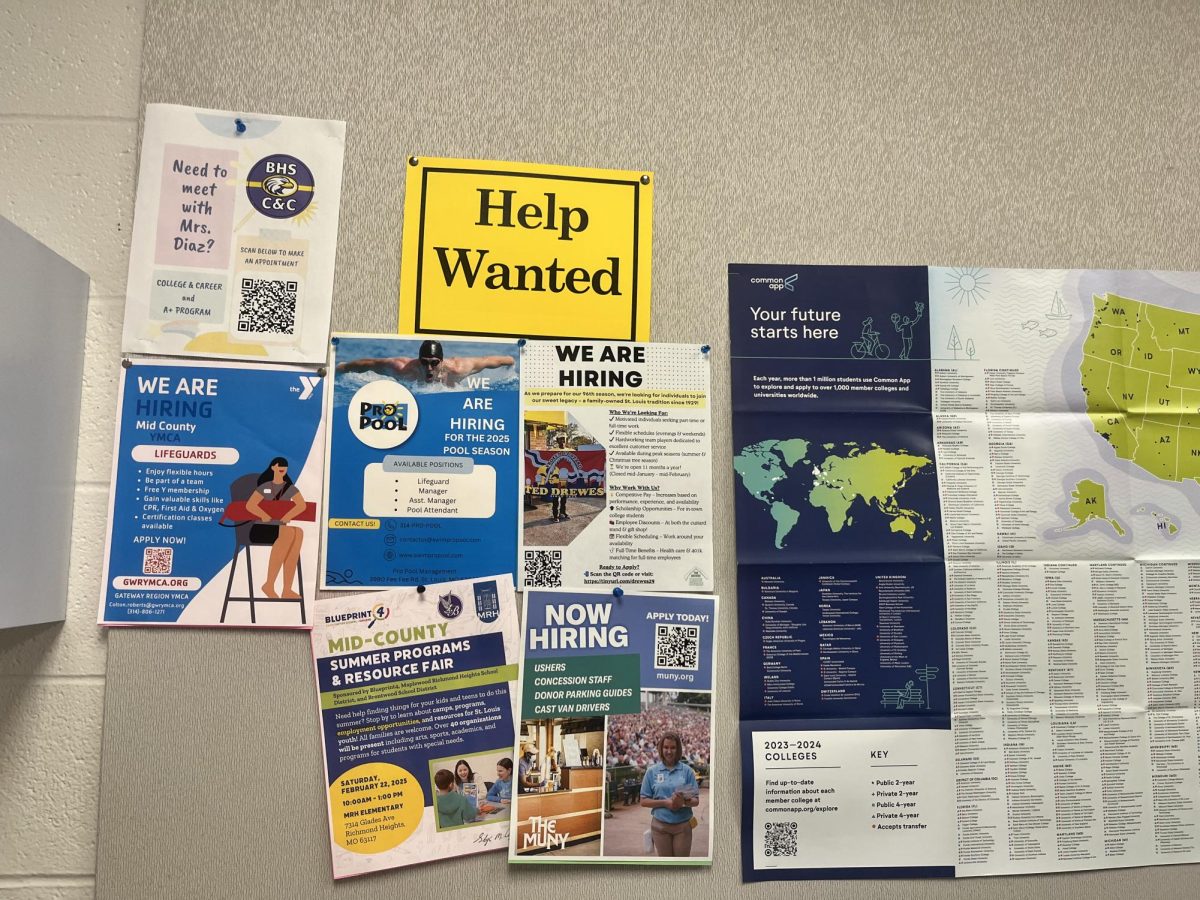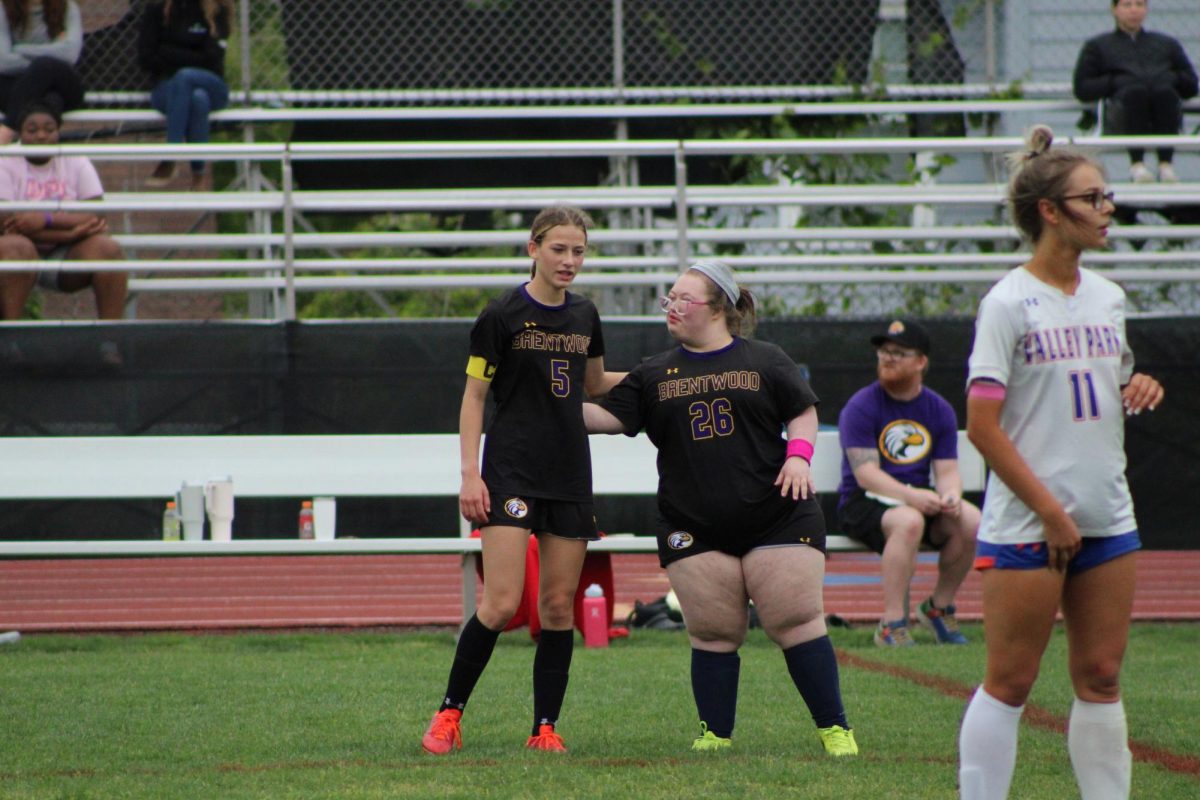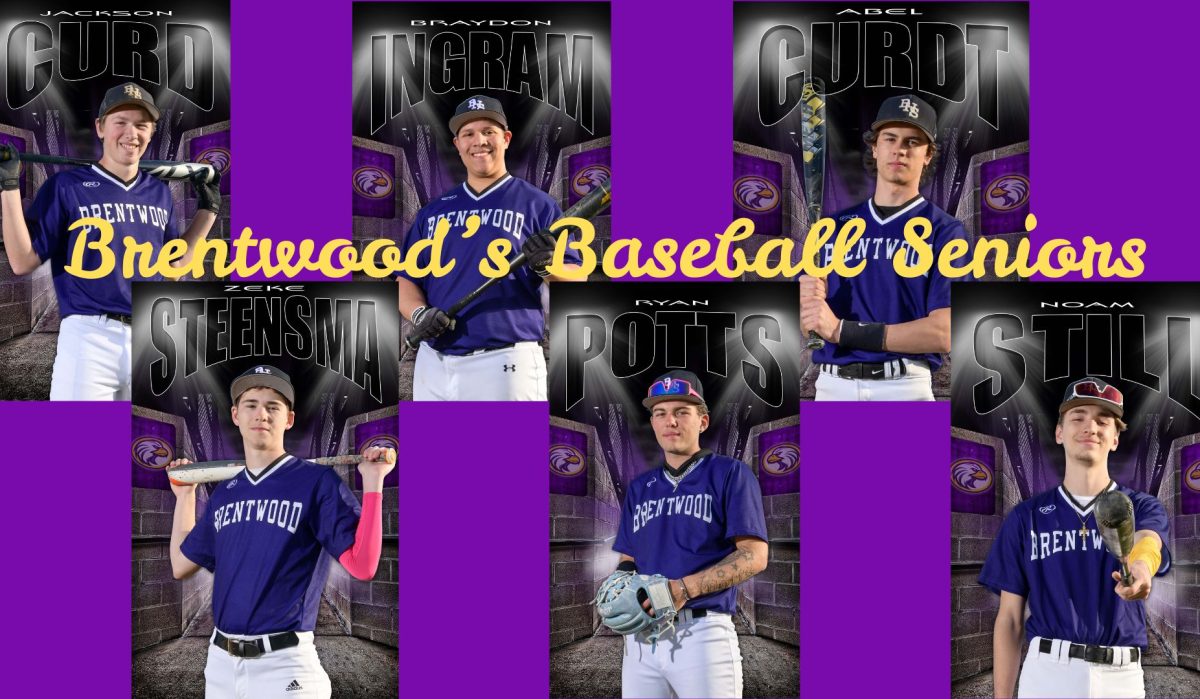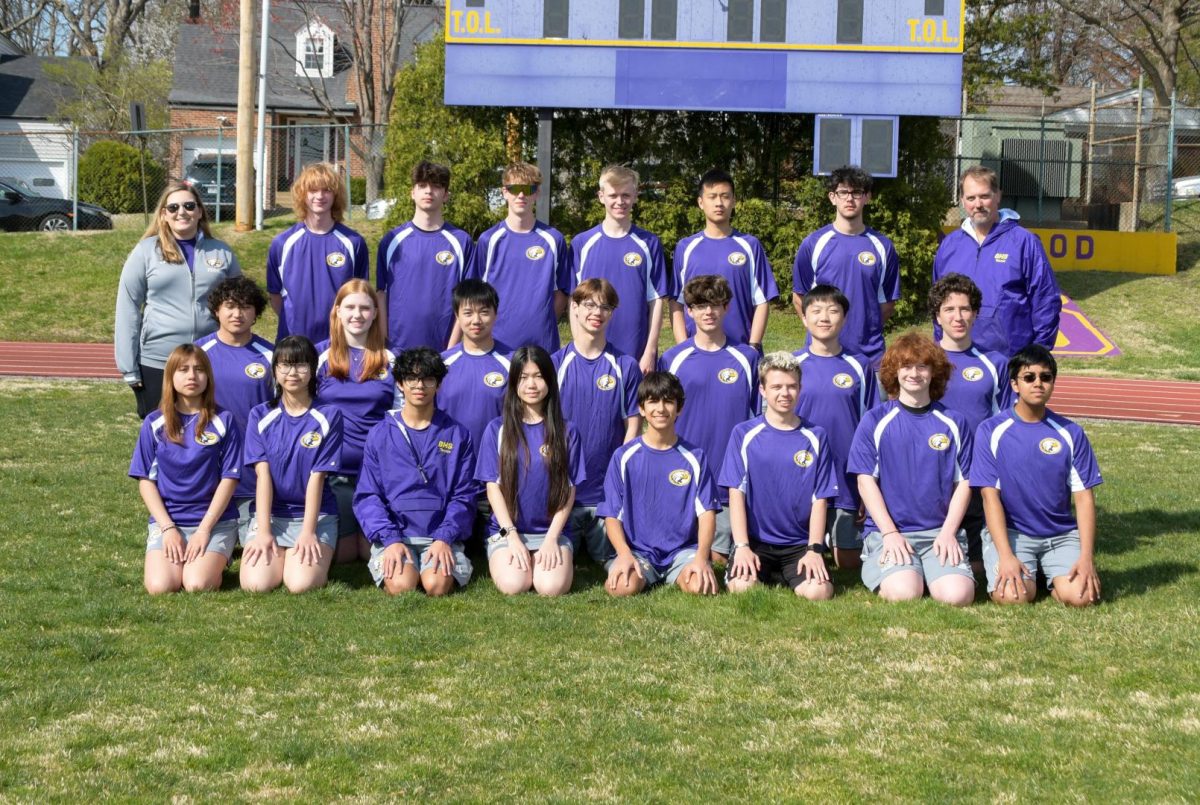
Fast fashion is the rapid production of cheaply made trendy clothing; clothes that are considered fast fashion serve the purpose of being thrown out every few months for something quite similar to the last piece of clothing.
This is a cycle that happens in the Fast Fashion industry, and it’s becoming increasingly worse as time goes on.
Impulsively buying the latest trend at an affordable price? It’s easy to see why we all can fall prey to fast fashion — even the most sustainably conscious of us.
Social media is one of the reasons why fast fashion is super big right now. Every day, we see so many pictures and advertisements for clothing tailored just to our style on apps like Instagram —even when scrolling through cheap online stores like Amazon.
When we’re constantly on these websites, we feel like we need these items of clothing, and more often then not, we buy them. After all, the price is right and trend is happening right now.
But behind the scenes of any company involved in fast fashion, we start to see why it’s so harmful.
Buying clothing from these companies is harmful to the environment, but that’s not all. A lot of resources go into making all clothing but especially when it’s mass-produced, which is where the problem lies. Fast fashion is causing lots of water, air, and land pollution. Dyes are dumped into rivers and oceans; companies cause 8-10% of air pollution; and unbought pieces of clothing are thrown away and left to rot in landfills.
Ngan Le, writer of The Impact of Fast Fashion on the Environment, states, “57% of all discarded clothing ends up in landfills; the landfills start to pile up, then the trash is moved to an area to be incinerated. This process poses multiple public health and environmental dangers to the people who live in nearby communities as toxic substances, or large amounts of poisonous gases are released as a result of burning landfills.”
Though we can’t completely stop this issue, we can try to prevent situations like this from happening. One of these ways is thrifting, there are so many things that can be found in a thrift store. Plus, it’s a lot of fun.
Journalism teacher Mrs.Cohen states her view on how much of an impact Brentwood High School students have regarding thrifting and fast fashion. “It seems like Brentwood students are a lot less guilty of fast fashion purchasing than other students in high schools and colleges where I have taught,” said Mrs. Cohen. “I see so much original style and thrifted pieces here.”
But are Mrs. Cohen’s anecdotal observations correct? The Nest surveyed BHS to see what our student body had to say about the contents in their closet.
Of the 38 students surveyed, we found that 71.6% of students have gone thrifting in the last six months.
Of these students, 63.2% go thrifting at their local Goodwill and 39.5% thrift at Savers. About 26% of students say that 50-75% of their closet is filled with thrifted items, while 55% of those surveyed reported buying new clothes every two weeks to a month. Of the online stores where students shop to buy new clothes, Amazon and American Eagle are the most popular.
Of the survey responders who do enjoy thrifting, one of them write, “I like thrifting because it allows me to make clothing of my own. I can incorporate my own style into everyday clothes for a cheap price.”
Another student said, “It’s fun; you can find cool stuff. And it’s more environmentally friendly than fast fashion.”
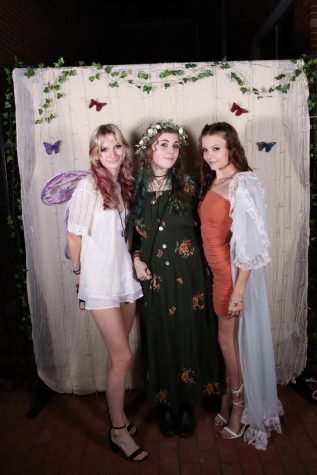
We can see here that lots of Brentwood High School students are already trying to be environmentally conscious in how they shop and buy clothes. Though it is hard to have a closet that is 100% thrifted, many students make an effort to try to have that amount of thrifted items.
A challenge for you, the reader: Next time you shop online or in-store, think about the things you could be getting way cheaper at a thrift store.
Come back next week for information on some of our favorite thrift stores and some tips and tricks to choosing and styling your favorite new thrifted finds.
With this new series on sustainability, our hope here at The Nest is to help educate and inspire students to become more environmentally conscious in both our actions and the items we buy.


